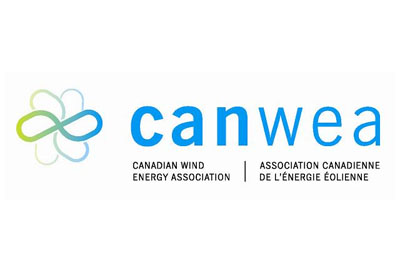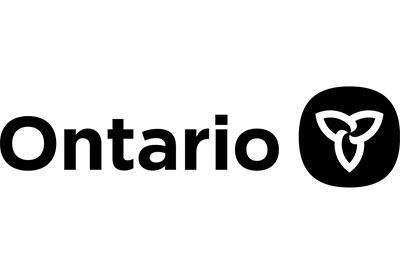New Study Shows Economic Potential of Alberta’s Wind Energy Sector

September 28, 2017
The Renewable Energy Program (REP) has positioned Alberta to be Canada’s largest market for new wind energy investment for the next decade. The REP ensures this by providing contracts for 5,000 MW of new renewable energy capacity, in order to reach the Alberta government’s goal of 30 per cent of electricity coming from renewable sources by 2030.
As the most cost-competitive source of renewable energy in Alberta today, wind energy is well positioned to provide the majority of new renewable energy required to meet the government’s commitment. According to a new report by The Delphi Group growing the wind energy sector will also create jobs and a more prosperous Alberta.
The report, “Alberta Wind Energy Supply Chain Study”, finds that, if wind energy were to be awarded with contracts for 4,500 MW, it would result in $8.27 billion in investments by wind energy developers. These investments would provide approximately 15,000 job years of employment and $3.6 billion in local spending in project development and construction by 2030.
Alberta’s strengths: supply and skills
Alberta’s wind energy capacity currently produces enough electricity to meet six per cent of the province’s electricity demand, enough to power about 625,000 average sized homes for a year. With some of the best onshore wind resources in Canada, Alberta has huge untapped potential to produce more of this cost-effective renewable energy.
The province is also home to a tremendously skilled workforce that could fill the jobs in a growing wind energy sector. Many of the skills and occupations required to develop wind projects – such as engineering, construction, operations and maintenance – are transferable from the oil and gas sector.
What Alberta has to gain: jobs, local spending, export opportunities
Job opportunities, and many of them. Significant opportunities exist for Alberta-based firms in the areas of:
- Environmental monitoring and site planning
- Excavating, concrete, steel, metal fabrication/welding, electrical work, and sub-station control systems
- Civil engineering work in areas such as road building and site preparation
- Construction and upgrading of sub-stations, transmission lines, and cabling
- Transportation of and route planning for large turbine components and equipment
- Operations and maintenance, such as grid and system integration, balance-of-plant operations, security systems, and the monitoring and maintenance of electrical, SCADA, and control systems
Economic opportunities. With 4,500 MW of utility-scale wind energy capacity being added to the grid by 2030, local spending in Alberta related to project development and construction could reach $3.6 billion. With $137 million expected in local operations and maintenance spending, the total exceeds $3.7 billion. The report also estimates that the wind industry would contribute $25.5 million in municipal property taxes and $13.5 million in land lease payments to Alberta land owners during that period.
New technologies, such as advanced manufacturing, 3-D printing, and virtual reality, have the potential to revolutionize local production and reap further economic benefits for the province.
Equally important, the sector can play a role in diversifying Alberta’s economy – helping to reduce its vulnerability to the boom-and-bust cycle that typifies the oil and gas industry.
Export opportunities. It has been estimated that wind and solar will make up 48 per cent of the world’s installed generating capacity and 34 per cent of electricity generation by 2040[1]. This means that renewable energy sources are set to represent almost three quarters of the $10.2 trillion the world will invest in new power generating technology until 2040 according to Bloomberg’s New Energy Outlook 2017. China’s National Energy Administration (NEA) will invest $361 billion in renewable power generation in the next three years alone. Alberta and Canada should and could claim a piece of this pie.
Wind energy can power prosperity in Alberta in the 21st century
Albertans know a thing or two about taking the bull by the horns, and about reinventing themselves. The REP sets the stage for a new kind of made-in-Alberta opportunity. The entrepreneurs and innovators in the province are poised to capitalize. The decisions we make in the next few years relating to procurement, workforce development, and research and innovation, have the potential to deliver on the promise of wind energy and contribute to future prosperity in Alberta.
Read the Alberta Wind Energy Supply Chain Study.










![Guide to the Canadian Electrical Code, Part 1[i], 26th Edition – A Road Map: Section 10 – Grounding and Bonding](https://electricalindustry.ca/wp-content/uploads/2022/11/Guide-CE-Code-2.png)





